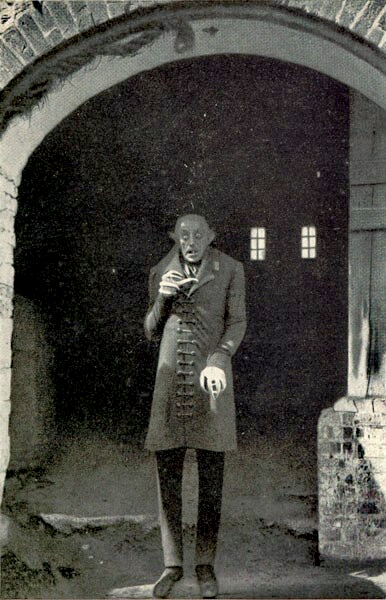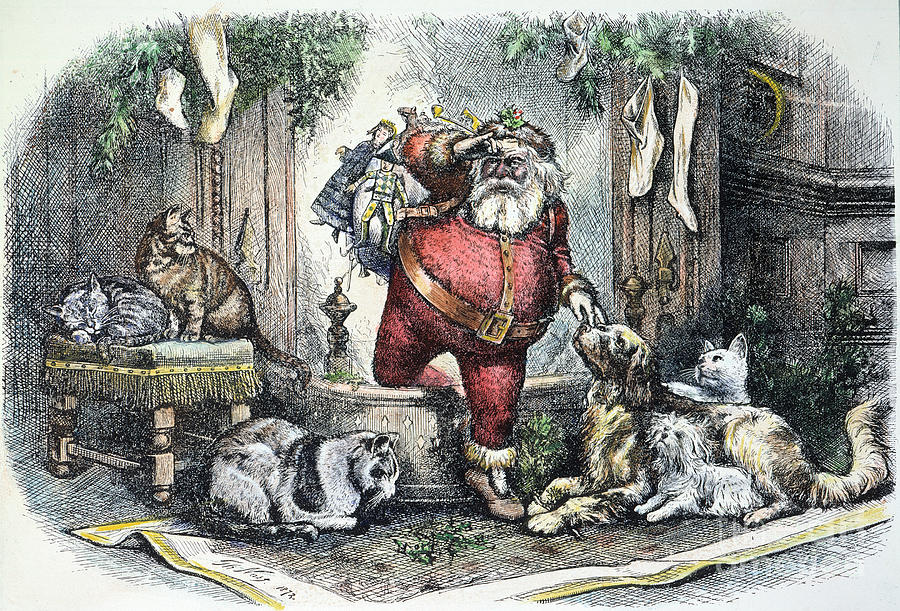
Golschifteh Farahani in Atiq Rahimi’s The Patience Stone
Stones of Patience are a rarity in European and Anglo-American folklore, though the German phrase about something being capable of moving a stone to tears or making a stone empathetic (etwas könnte einen Stein erbarmen) tells us much about the power of stories. These stones can be found in the folklore of many cultures, with a Persian tale, for example, called SANG-E ṢABUR (a story that inspired Rahimi’s 2012 film). The patient stone in the title represents the most empathetic listener imaginable. Collecting all the compassion that has been squandered in the world, it absorbs suffering as it listens to the tribulations of those who must bear an intolerable burden of misery. The patient stone sacrifices itself, willingly bursting into pieces by taking on what would otherwise crush its human interlocutor. Do I need to ask in how many ways this is relevant to last week’s hearings?
For centuries, women in fairy tales have made use of veiled speech and clever ruses as they prowled around the margins of storytelling worlds. They engaged in a practice one expert calls idio-narration, talking to themselves as much as to others, using their words to get their story “out there,” even when, or perhaps especially when, no one seemed to be paying attention. In fairy tales, they are often silenced as girls, by fathers, brothers, and other male relatives—in some cases even by creatures exceptionally low in the food chain or high in divine hierarchies. When the princess in the Grimms’ “Frog King” explains why she is weeping, the frog tells her, with an air of authority: “Be quiet and just stop bawling.” “Don’t cry, Gretel,” that’s also what Hansel tells his sister when they are lost in the woods, unable to find their way back home. And the Madonna herself silences the girl in “Our Lady’s Child” when she refuses to admit that she opened a door forbidden to her.
“The Goose Girl,” a story recorded by the Grimms and included in their collection of 1812, reveals the complex ways in which silence and speech operate in tandem to produce self-reflexive narratives that allude to the power of storytelling. A princess traveling to foreign lands for her wedding is betrayed by her chambermaid and forced to tend geese in the kingdom she was to rule. On pain of death, she cannot reveal her true identity. All the while, she retains magical powers, summoning the winds to divert the attentions of unwanted suitors or communicating with the head of her beloved horse, a creature decapitated by the chambermaid. If speech in its most urgent form is denied her, still she finds, as is the case with Cinderella, Snow White, Donkeyskin and a host of other fairy-tale heroines, some consolation in her power to commune with and be at home in the natural world.
It is the father of the prince who, after getting wind of intrigue and betrayal from the horse’s head endowed with speech, proposes that the goose girl tell her troubles to an old iron stove. Once he walks away, the princess crawls into the iron stove and starts “weeping and wailing”: “She poured her feelings out and said: ‘Here I sit, abandoned by the whole world, even though I’m the daughter of a king. A false maid forced me to remove my royal clothing and now she has taken my place with my bridegroom. And here I am, forced to do menial work as a goose girl. If my mother knew about this, her heart would break in two.’” The king has put his ear to the stovepipe and hears every word she speaks. Truth becomes public thanks to an eavesdropper or sympathetic listener, a male intermediary with the authority to validate and air the facts, even when, or perhaps especially when, they are hotly denied. Telling her story, finding the power of speech in what could have been mere breath in the wind, has transformative power.
Our word for silence comes from the Latin silentium, meaning “quiet, still, calm,” a condition of being free from noise. But there is a strong bifurcation of meaning embedded in the term. When we use “silence” as a verb, it signals something imposed or inflicted, yet “silence” is also golden, a condition of serenity associated with physical and spiritual wellbeing. With the writer Rebecca Solnit, we can think of “silence as what is imposed, and quiet as what is sought,” thereby reserving silencing for a coercive form of behavior, one that ranges from the violent cutting out of tongues (paging mythical creatures ranging from Philomela to the Little Mermaid) to the illocutionary force of a command to shut up. Women have always spoken up and acted up, but, as we have seen, they were often silenced in ways that forced expression through artifacts associated with women’s work (like Arachne or Philomela, weaving stories about criminal behavior into tapestries). Or, in acts of desperation, they confided in themselves or inanimate objects, discovering that justice came only when a male intermediary listened in (often in an enclosed space!) and made things better or right. Today, with new technologies that provide public outlets for telling stories, airing grievances, and exposing injustices, we have established an alternative system that rivals our legal institutions in its power to shame, punish, and chasten. The premium on good storytelling has never been higher, and the challenges that lie ahead remind us of the vexing complexities implicated in the difference between telling a good story and telling one that is true. As always, aesthetics and ethics dance a tango in a drama that is compelling, complicated, and enigmatic to the core.
 Beginning in the 1970s, rape moved to center stage in cinematic culture (I Spit on Your Grave, Act of Vengeance, Extremities), and what critic Carol Clover refers to as “rape-revenge stories” began to proliferate. Today we seem to have turned a corner, with new plots: this time “betrayal-revenge stories,” with the the “Woman scorn’d” (as William Congreve put it in his 1697 play The Mourning Bride) as the motor of the plot.
Beginning in the 1970s, rape moved to center stage in cinematic culture (I Spit on Your Grave, Act of Vengeance, Extremities), and what critic Carol Clover refers to as “rape-revenge stories” began to proliferate. Today we seem to have turned a corner, with new plots: this time “betrayal-revenge stories,” with the the “Woman scorn’d” (as William Congreve put it in his 1697 play The Mourning Bride) as the motor of the plot.




 Erin Lee Carr’s remarkable documentary Mommy Dead and Dearest (2017) contains a remarkable sequence that begins with Gypsy Rose Blanchard, victim of her mother’s need to turn a healthy child into a dangerously ill patient, sitting in Cinderella’s castle at Disney World, eating “some real mashed potatoes.” As we discover, this is a girl who will not know how to distinguish fantasy from reality. “Life is not a fairy tale,” she reflects while awaiting trial for plotting with her boyfriend to kill her mother. “I learned that the hard way,” she admits after she has been charged with second-degree murder.
Erin Lee Carr’s remarkable documentary Mommy Dead and Dearest (2017) contains a remarkable sequence that begins with Gypsy Rose Blanchard, victim of her mother’s need to turn a healthy child into a dangerously ill patient, sitting in Cinderella’s castle at Disney World, eating “some real mashed potatoes.” As we discover, this is a girl who will not know how to distinguish fantasy from reality. “Life is not a fairy tale,” she reflects while awaiting trial for plotting with her boyfriend to kill her mother. “I learned that the hard way,” she admits after she has been charged with second-degree murder.








 Newsflash from Nature Communications.
Newsflash from Nature Communications. My reading as a child was lazy and cowardly, and it is yet. I was afraid of encountering, in a book, something I didn’t want to know. Perhaps my earliest literary memory is my fear of the spidery, shadowy, monstrous illustrations in a large de luxe edition of “Alice in Wonderland” that we owned. A little later, I recall being appalled, to the point of tears, by a children’s version of the Peer Gynt legend in an infernal set of volumes we owned called “The Book House.” I also remember, from the same set, a similar impression of pain, futility and crabbed antiquity conveyed by an account of Shelley’s boyhood. I read both these things when I was sick in bed, a customarily cheerful time for me.
My reading as a child was lazy and cowardly, and it is yet. I was afraid of encountering, in a book, something I didn’t want to know. Perhaps my earliest literary memory is my fear of the spidery, shadowy, monstrous illustrations in a large de luxe edition of “Alice in Wonderland” that we owned. A little later, I recall being appalled, to the point of tears, by a children’s version of the Peer Gynt legend in an infernal set of volumes we owned called “The Book House.” I also remember, from the same set, a similar impression of pain, futility and crabbed antiquity conveyed by an account of Shelley’s boyhood. I read both these things when I was sick in bed, a customarily cheerful time for me.